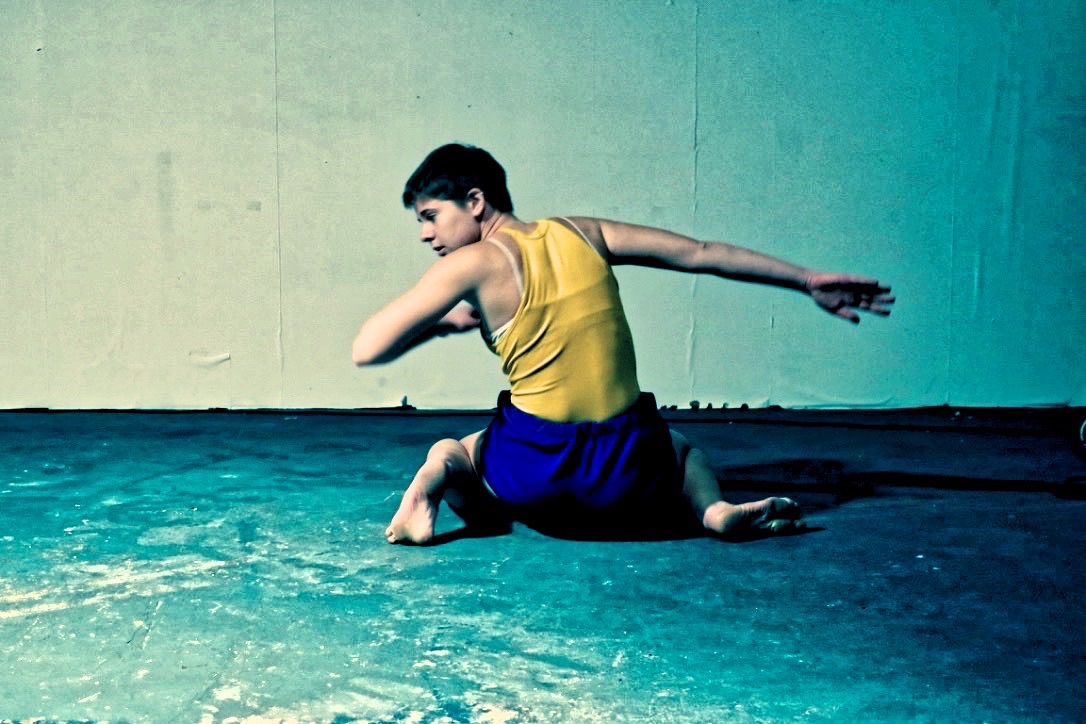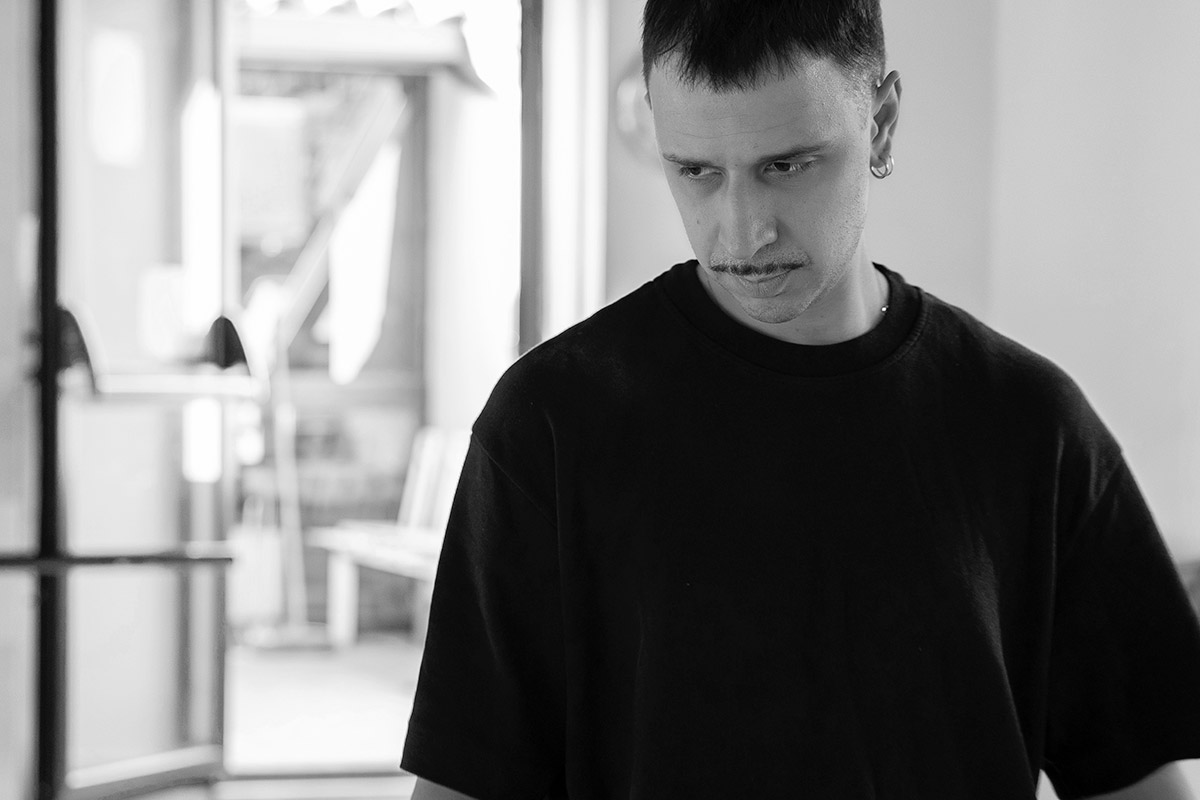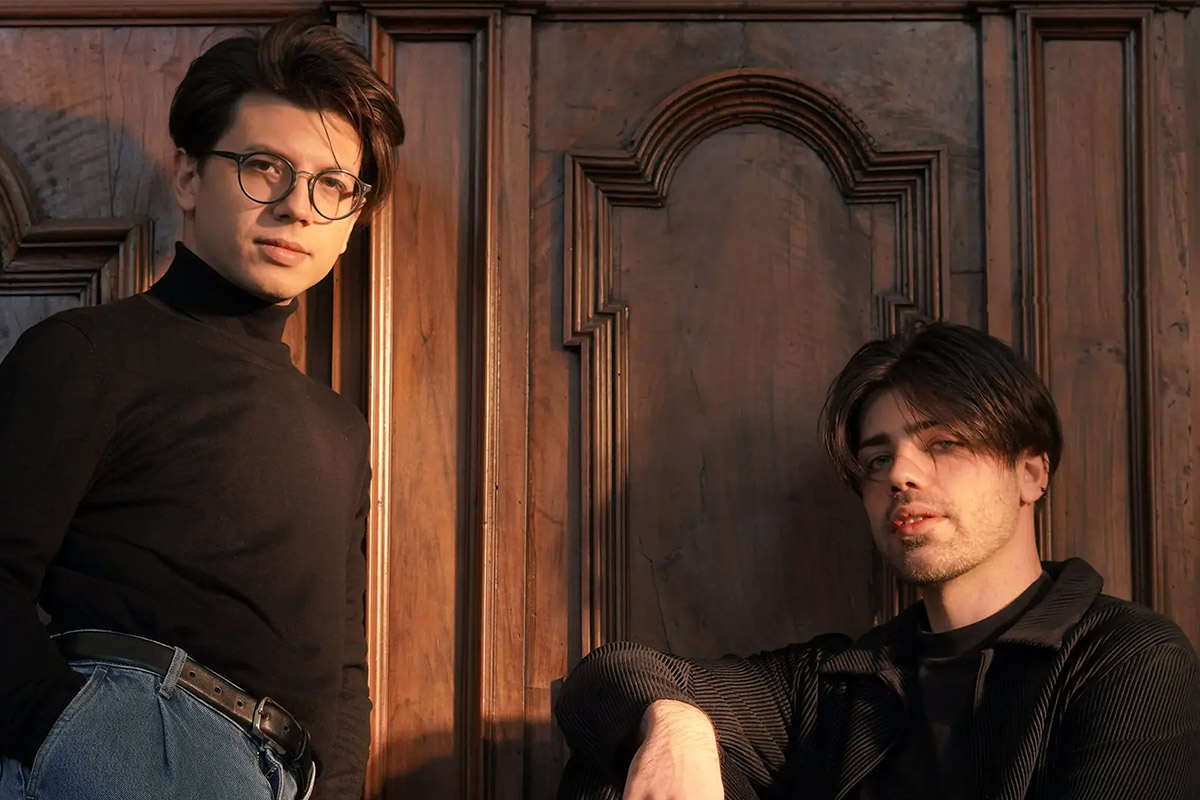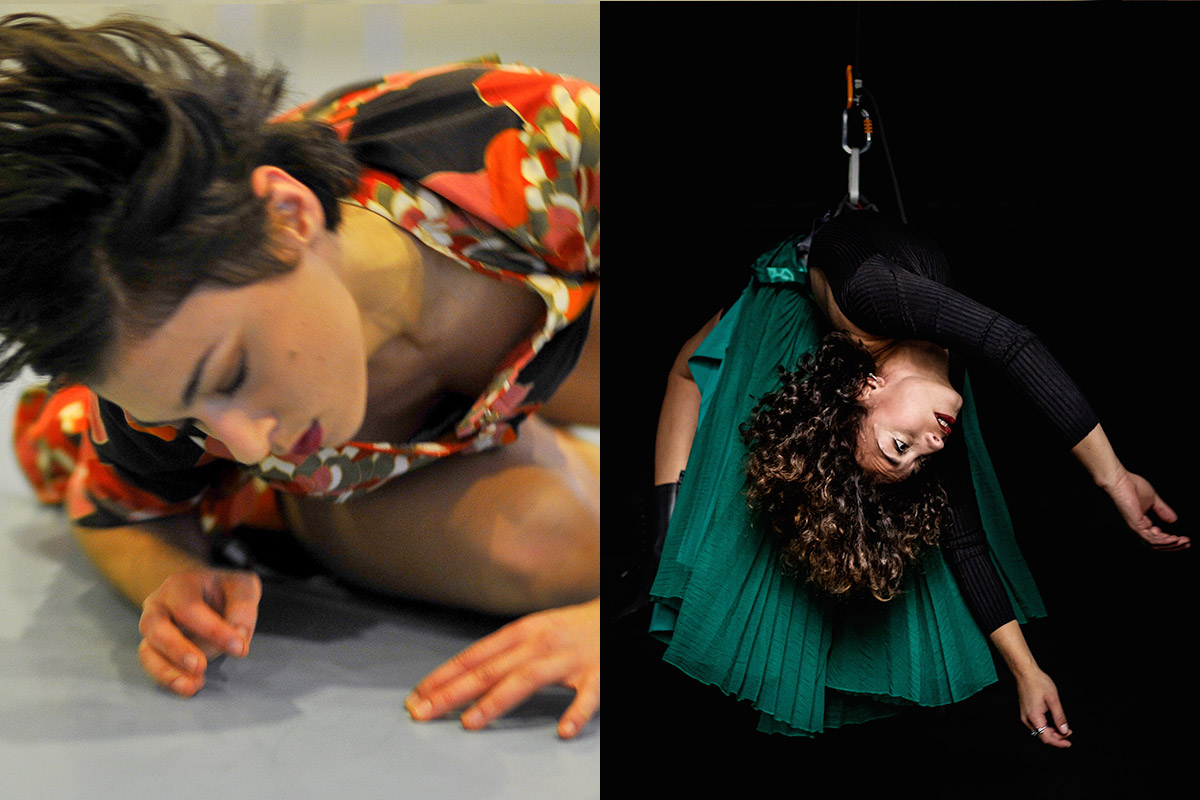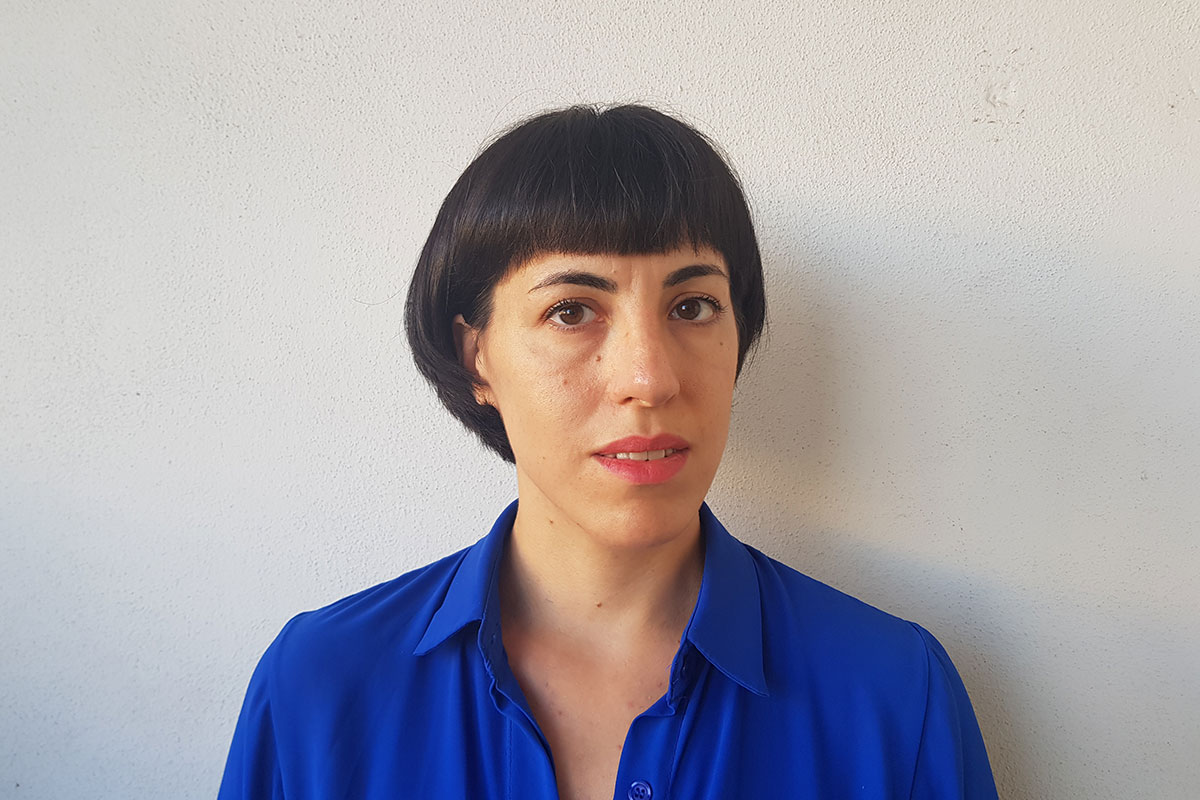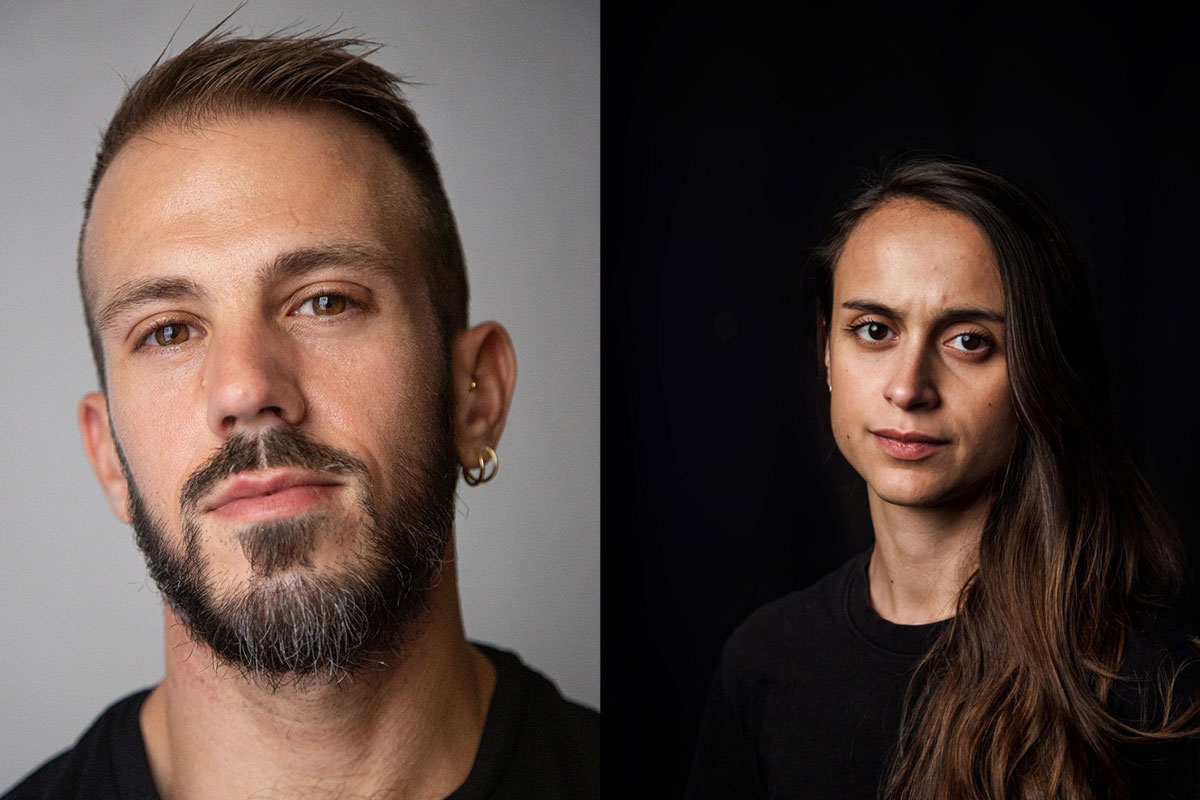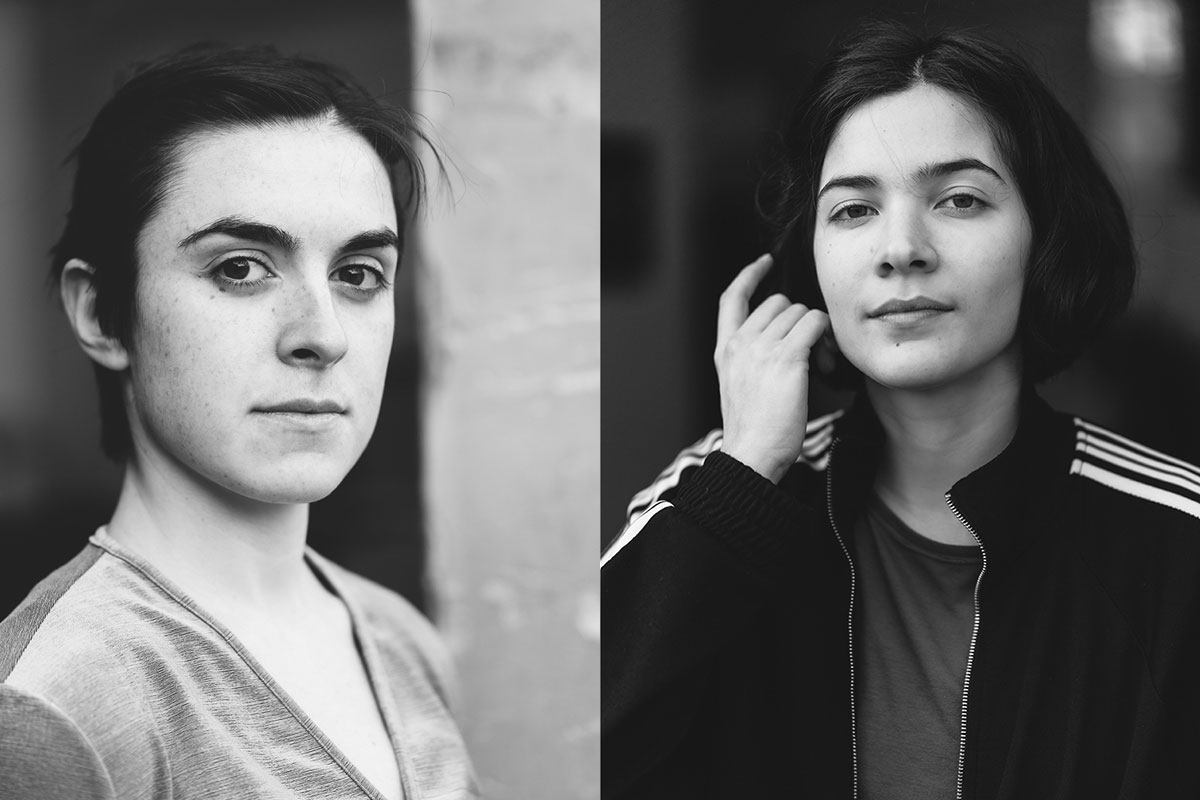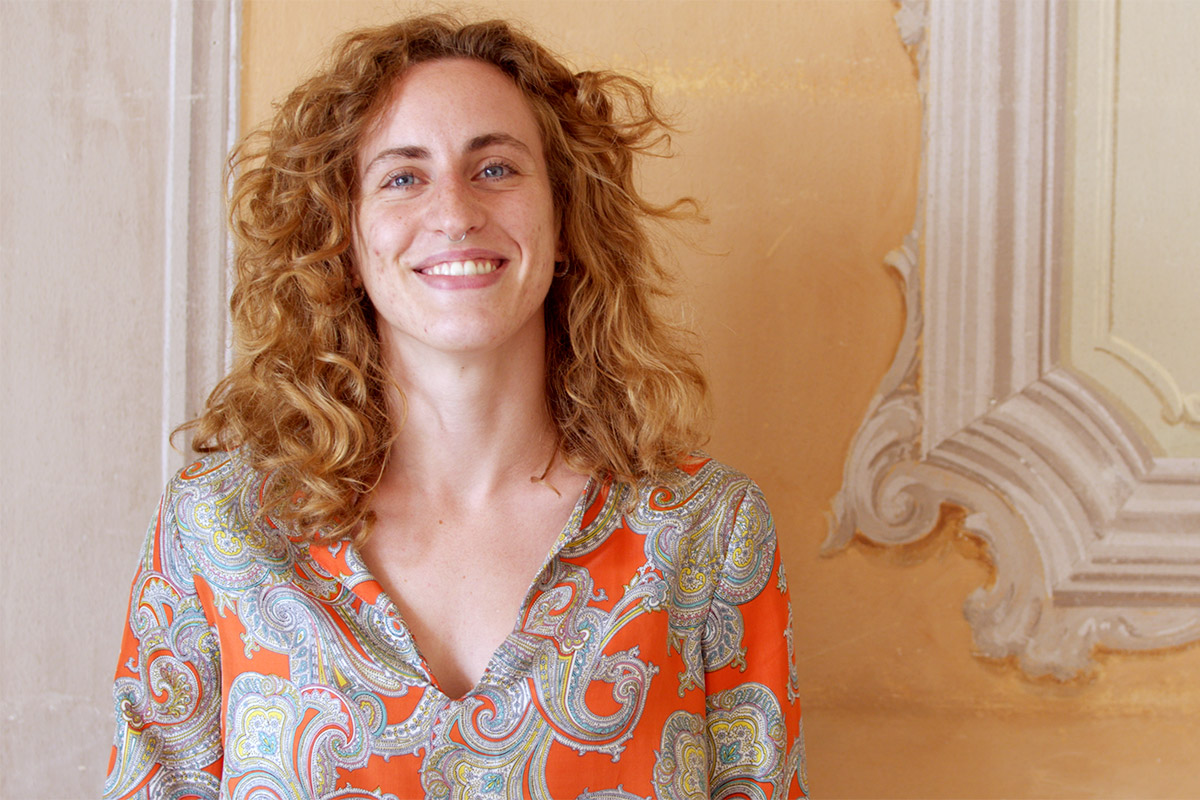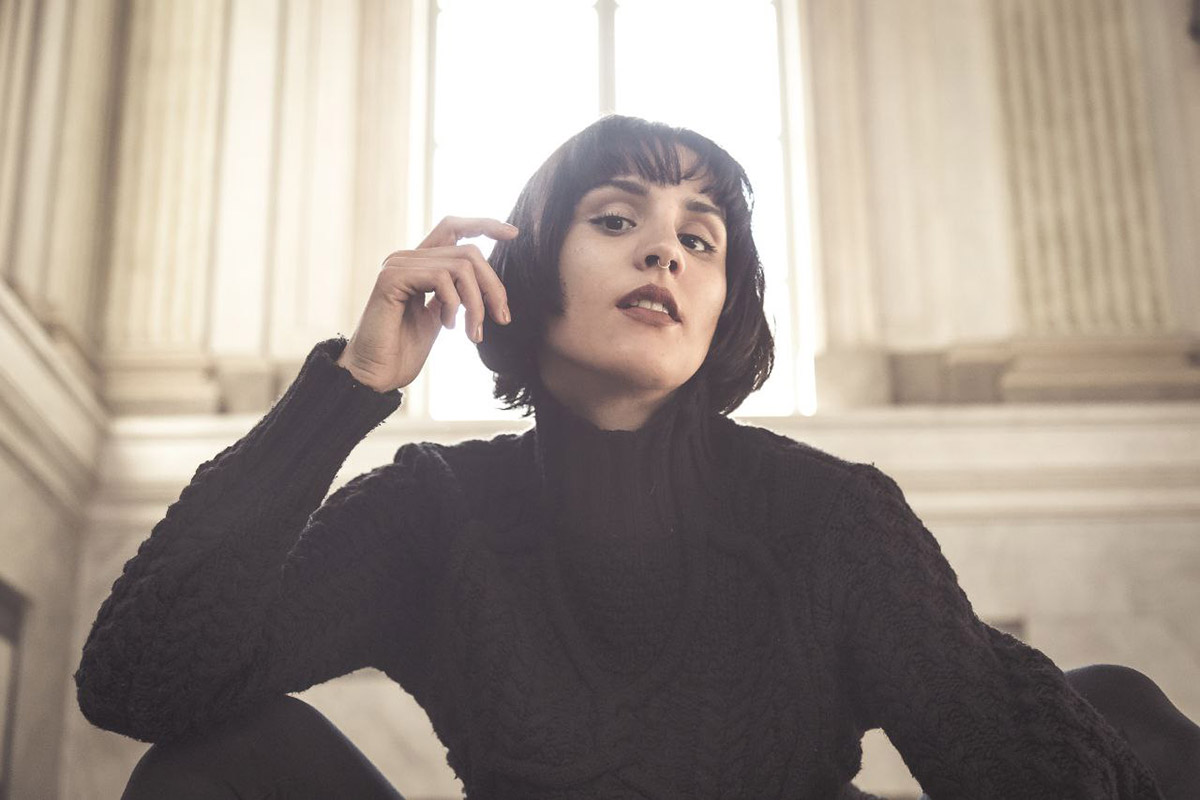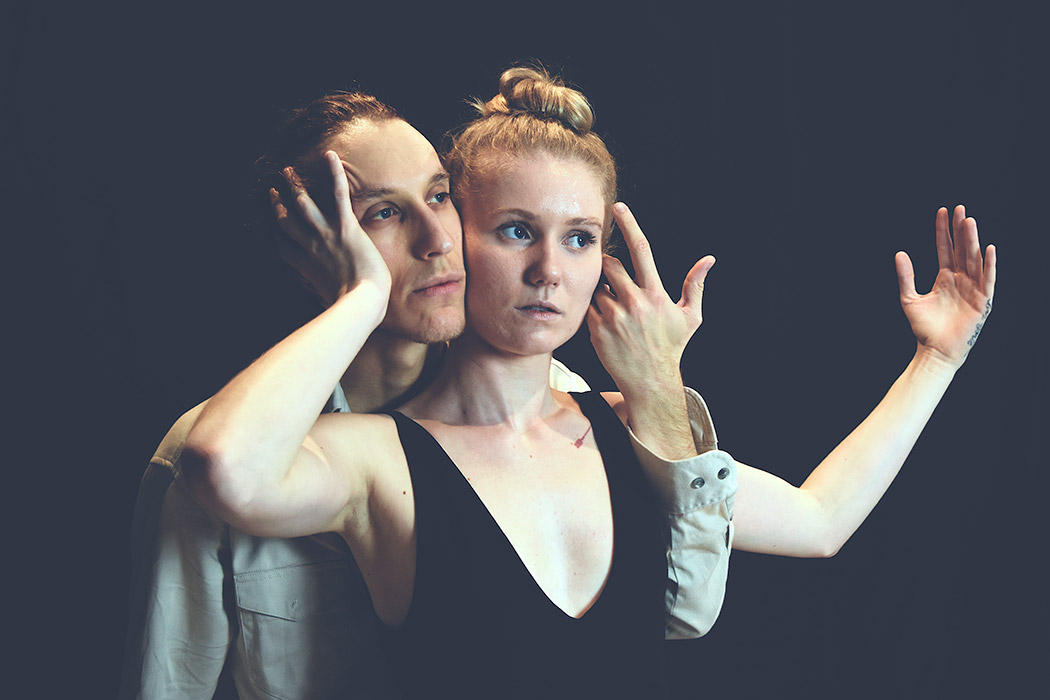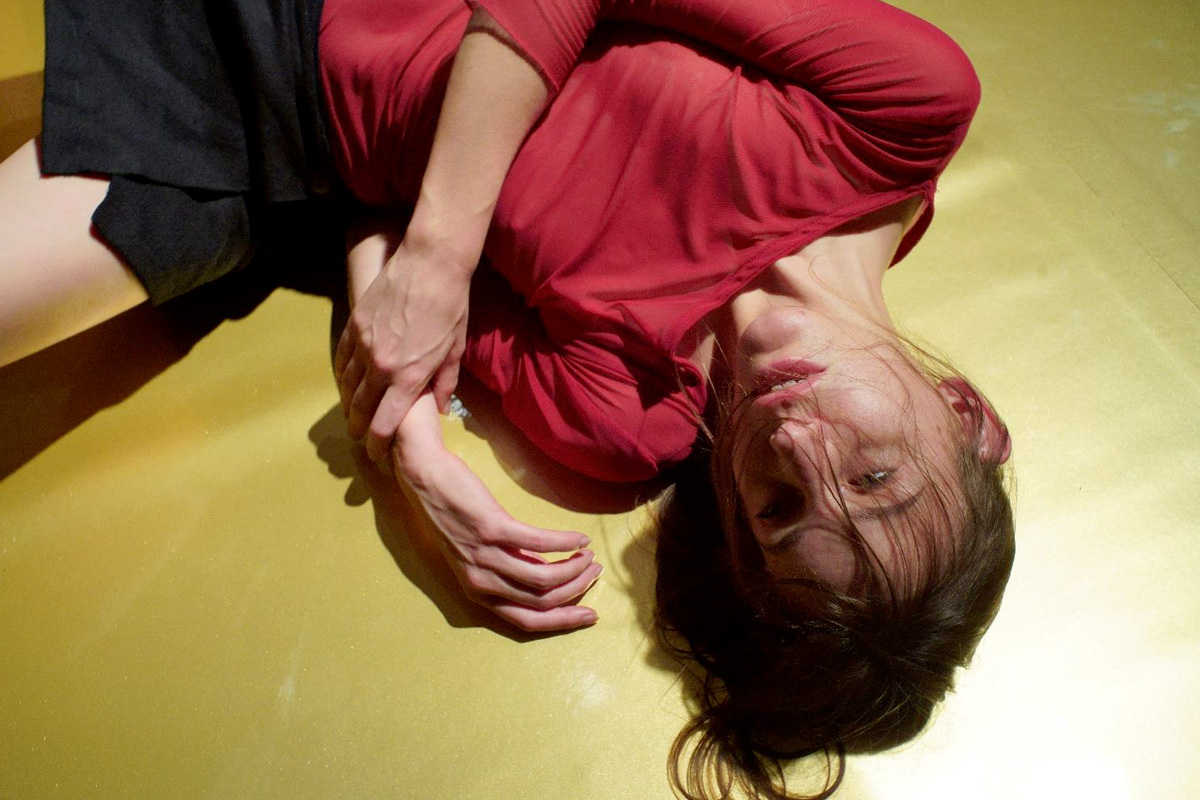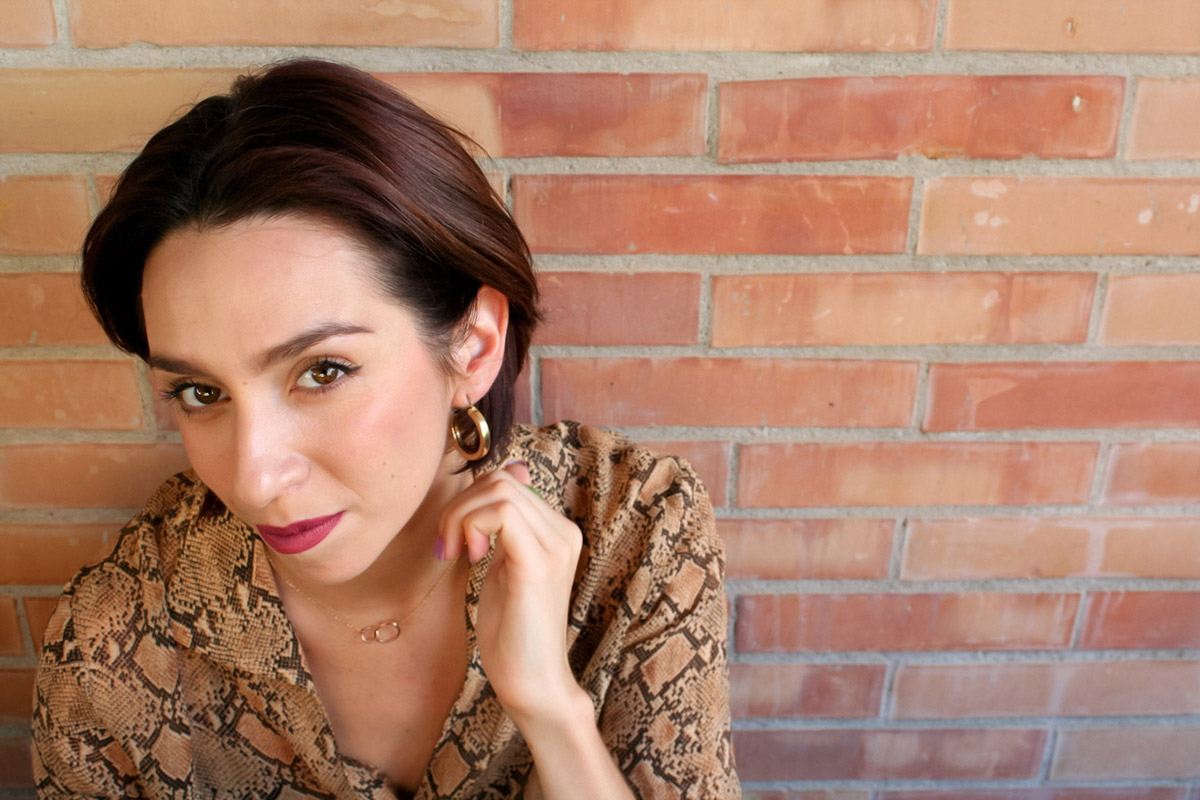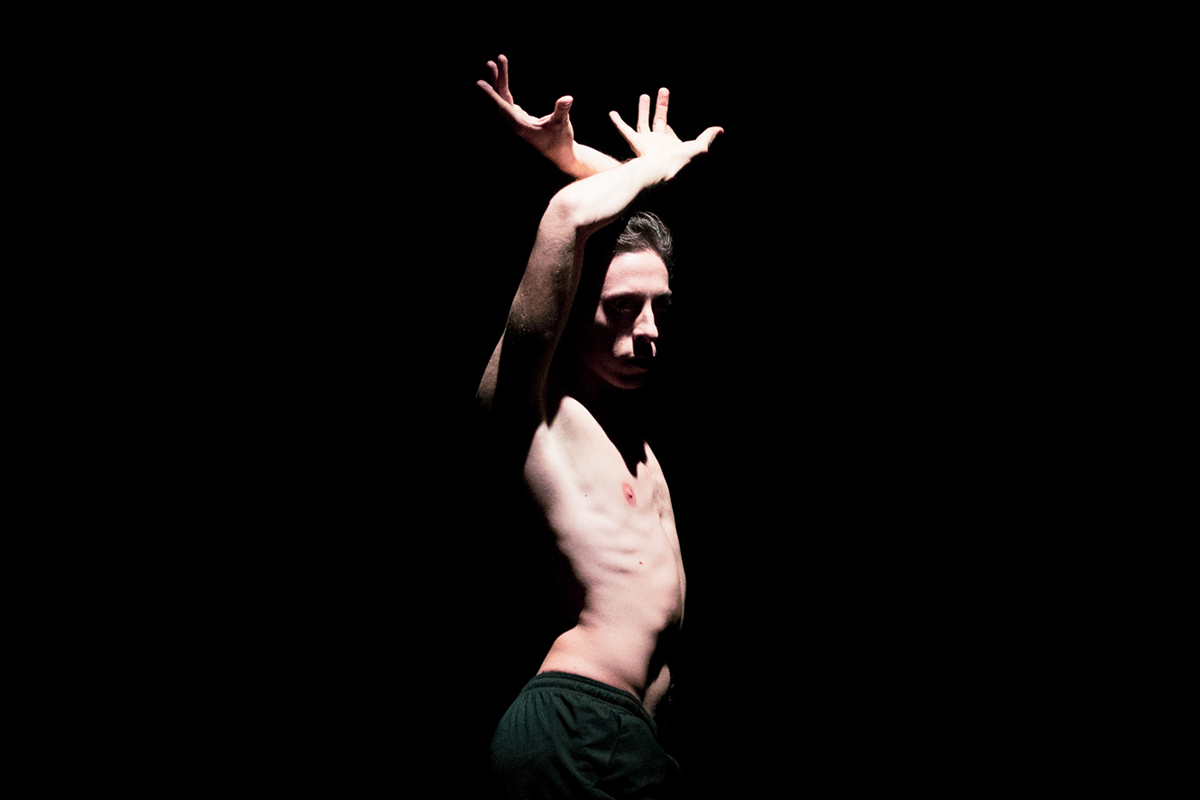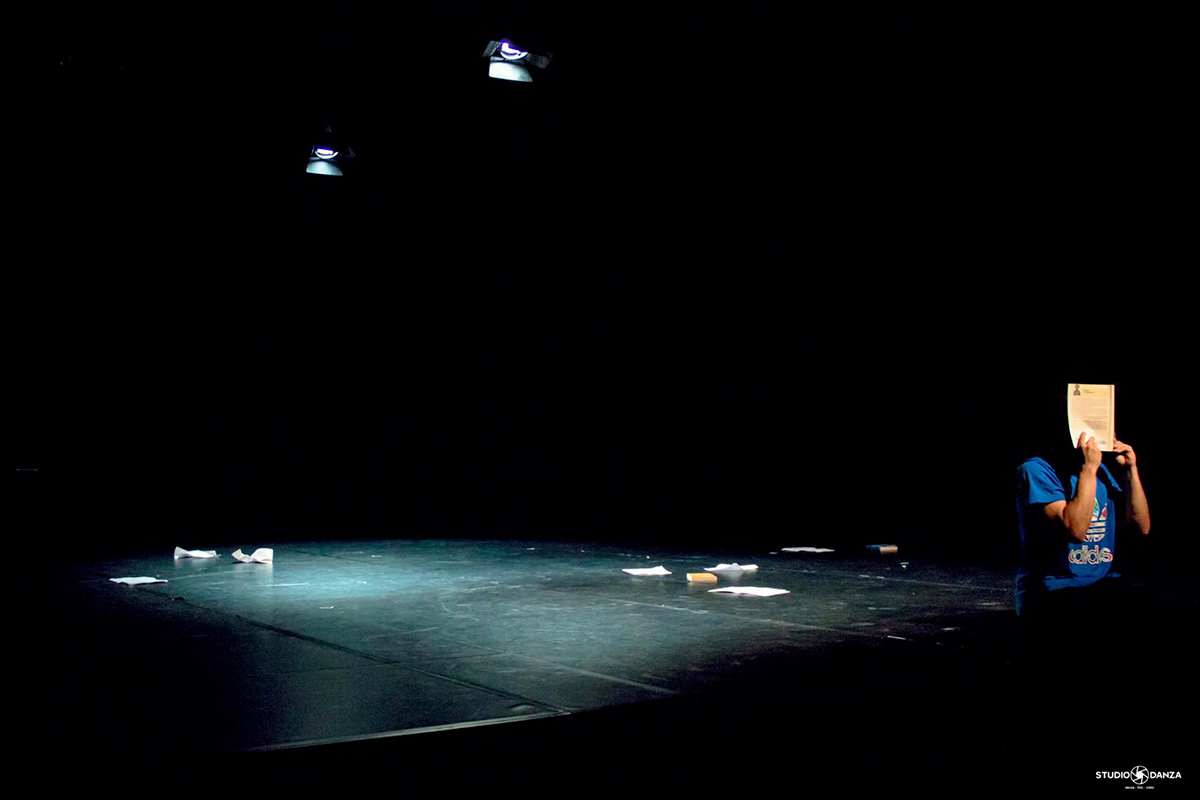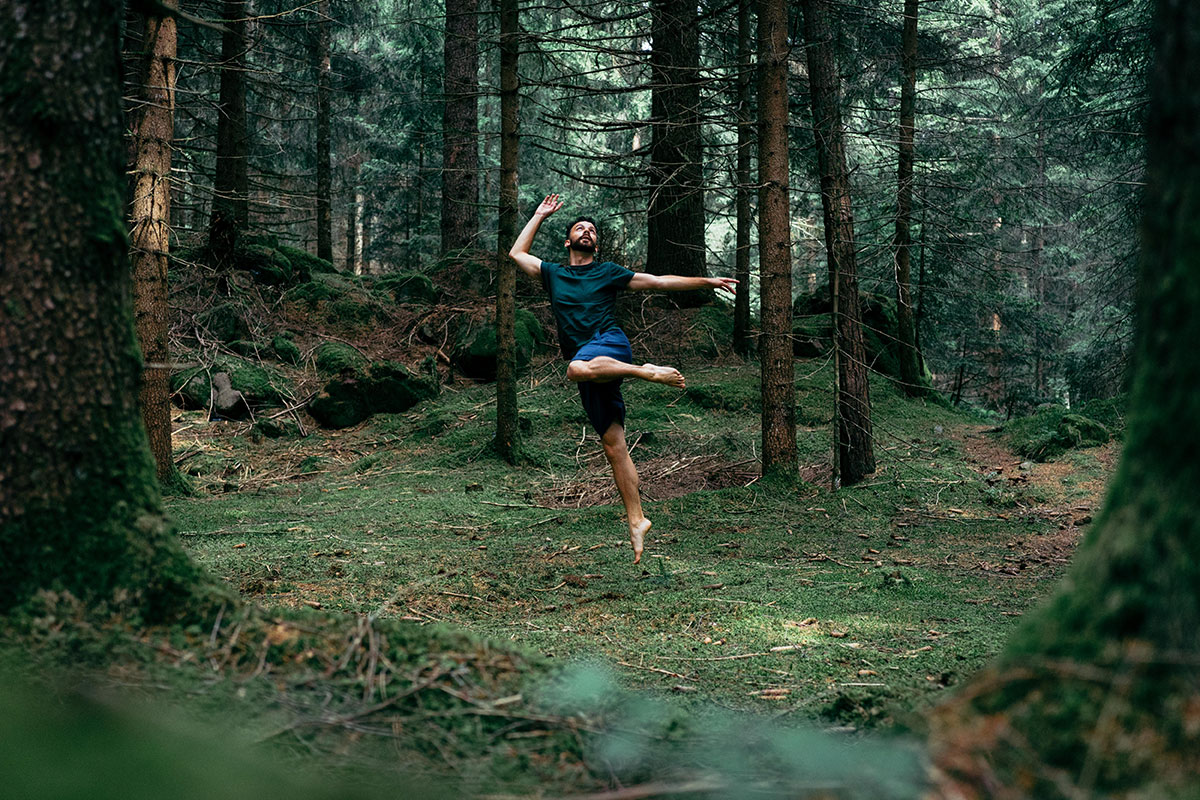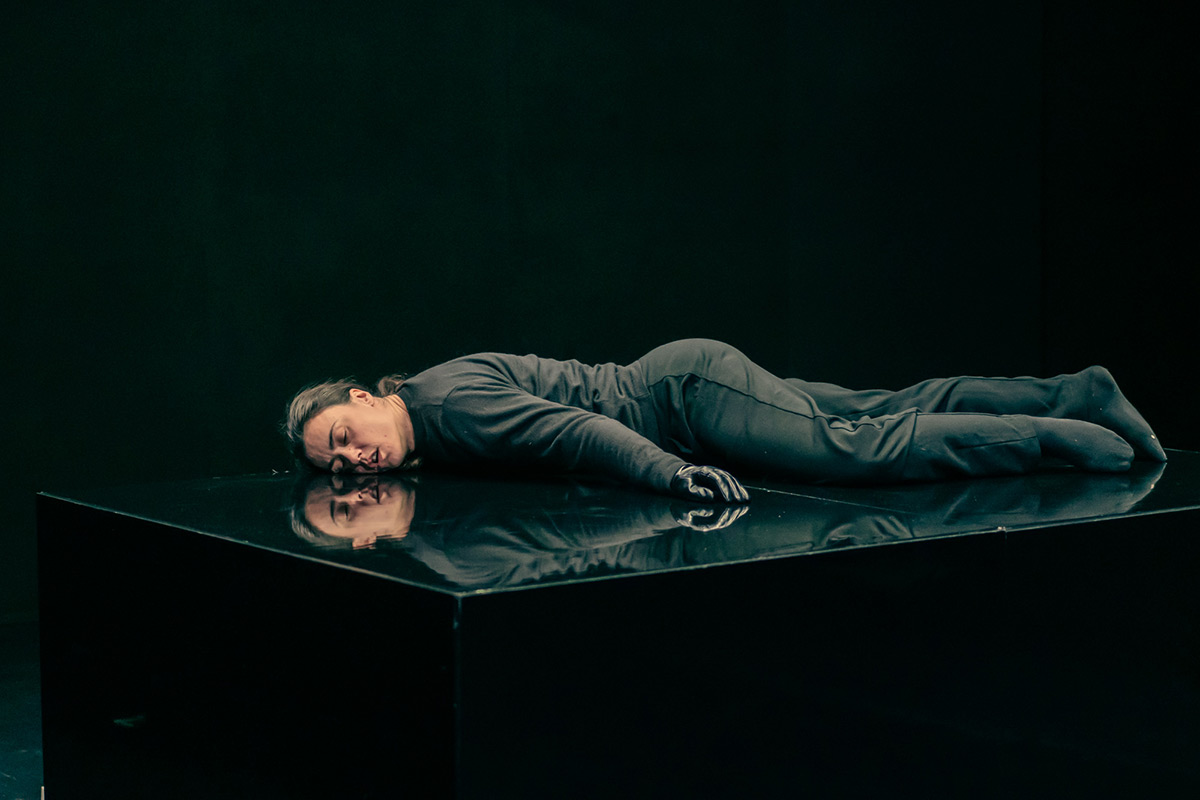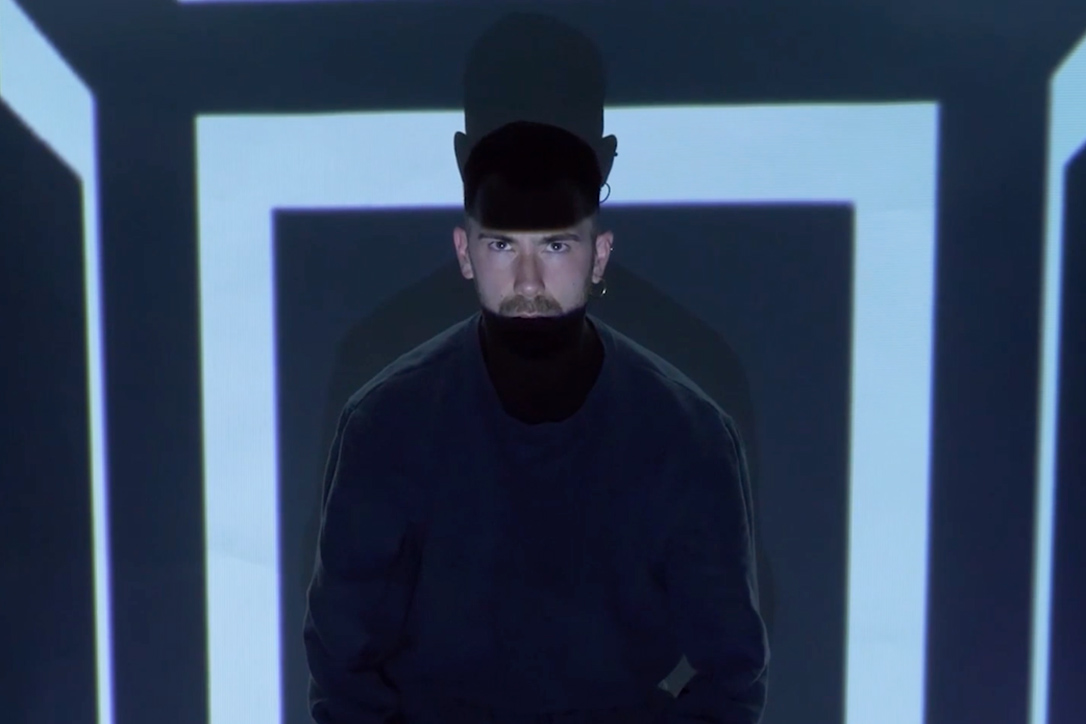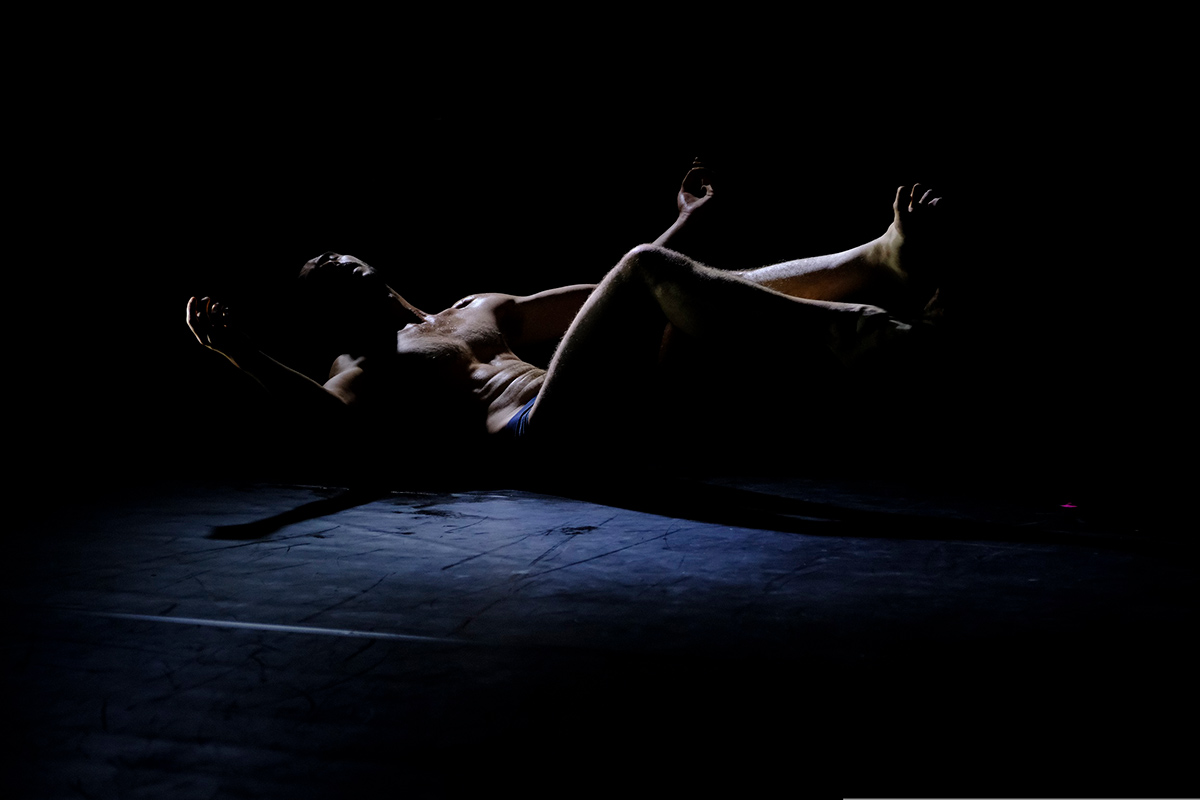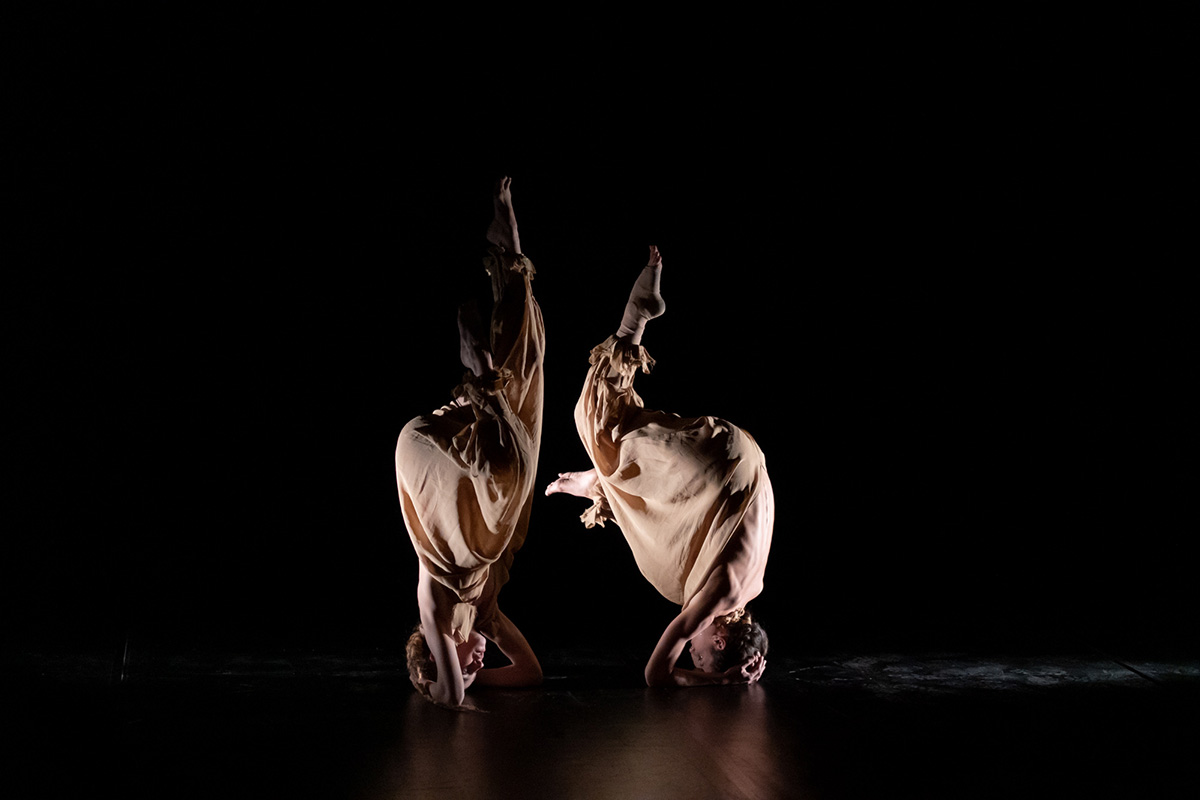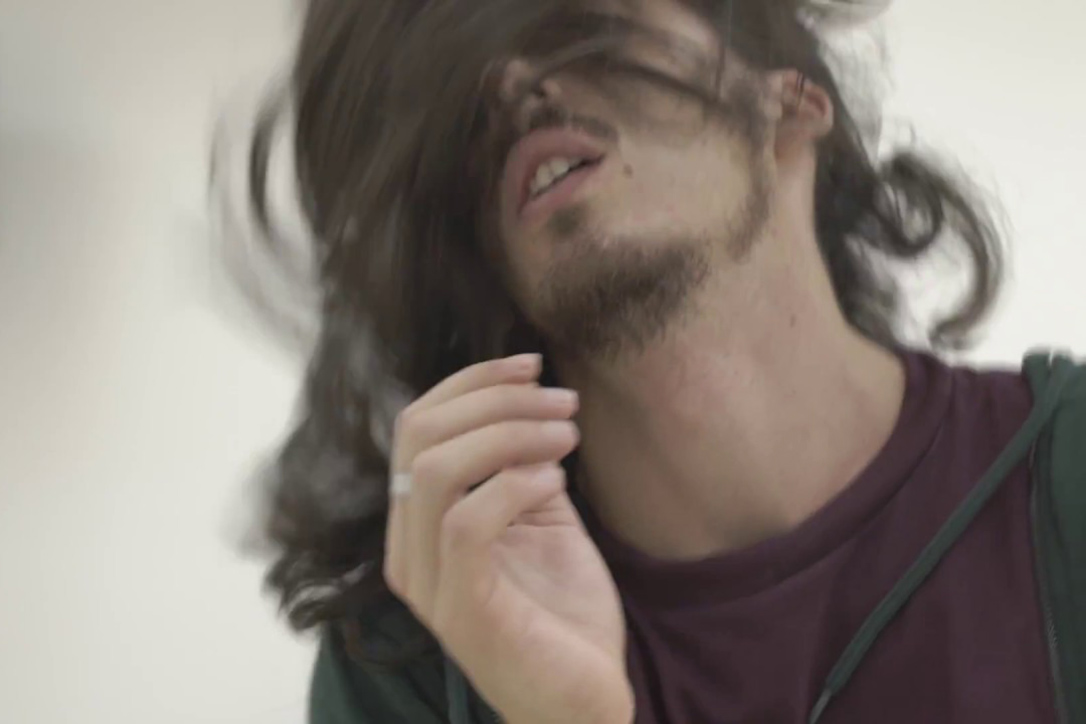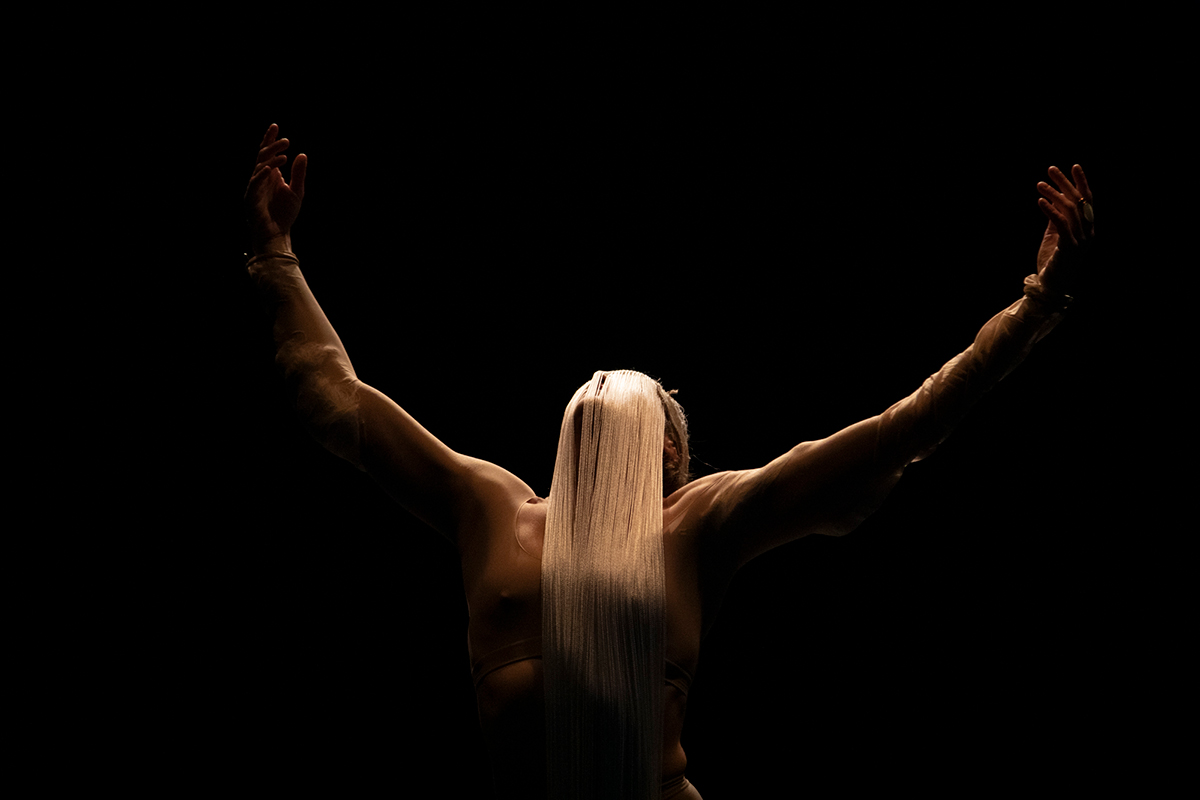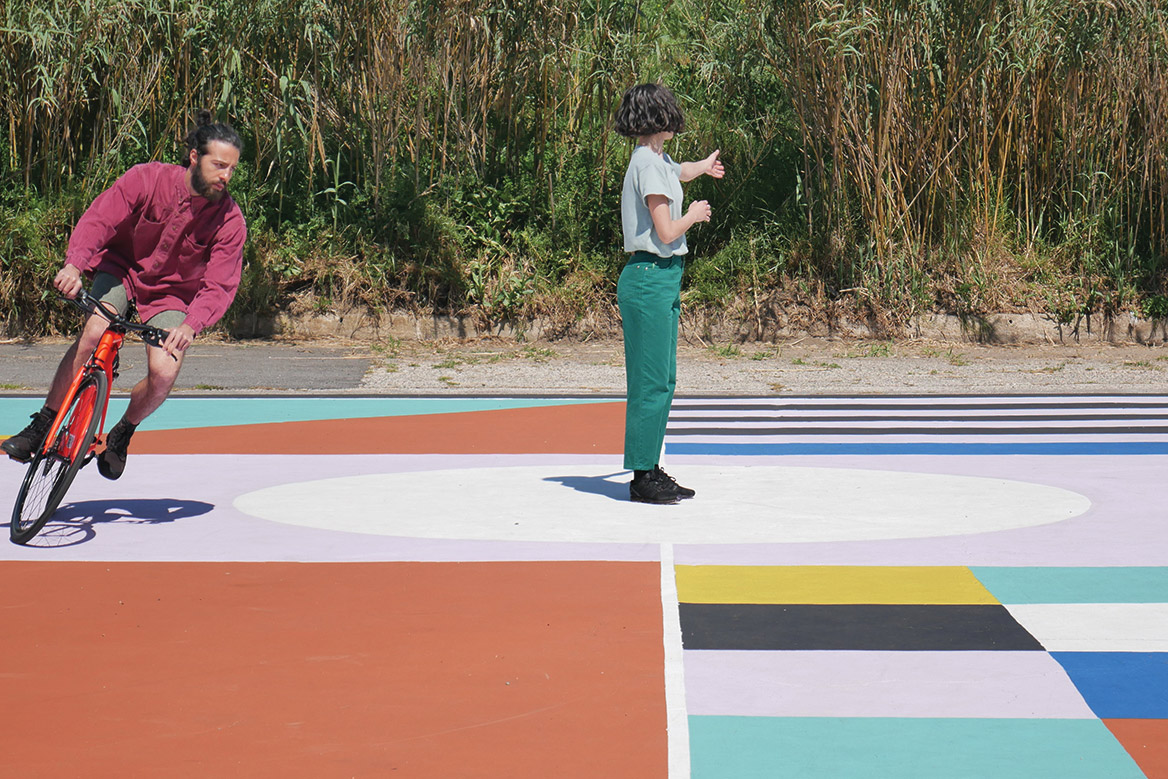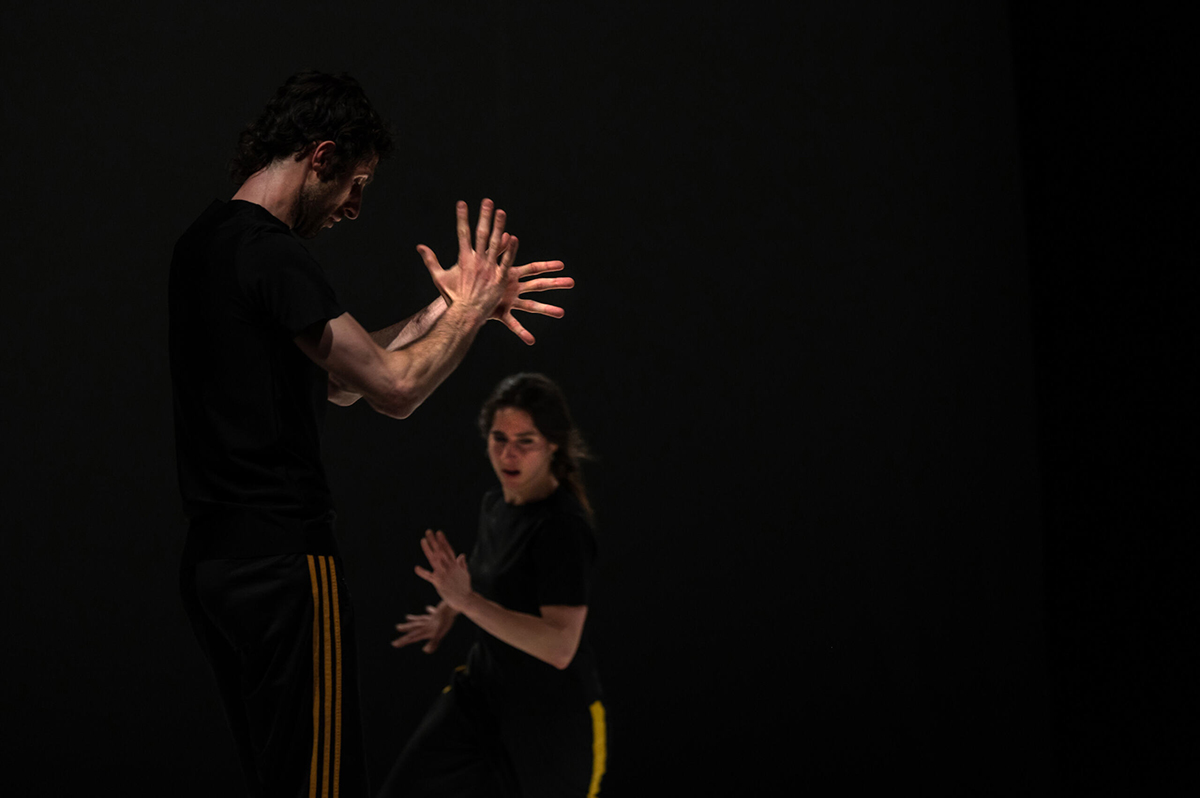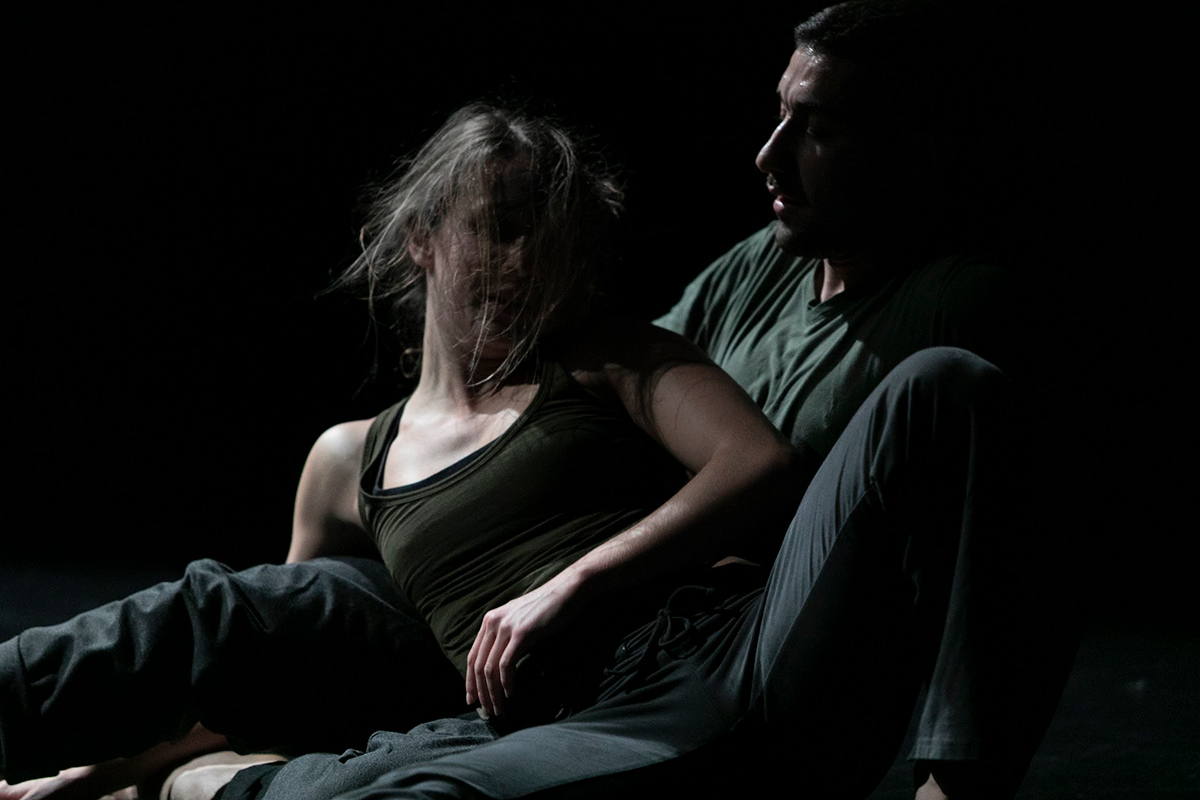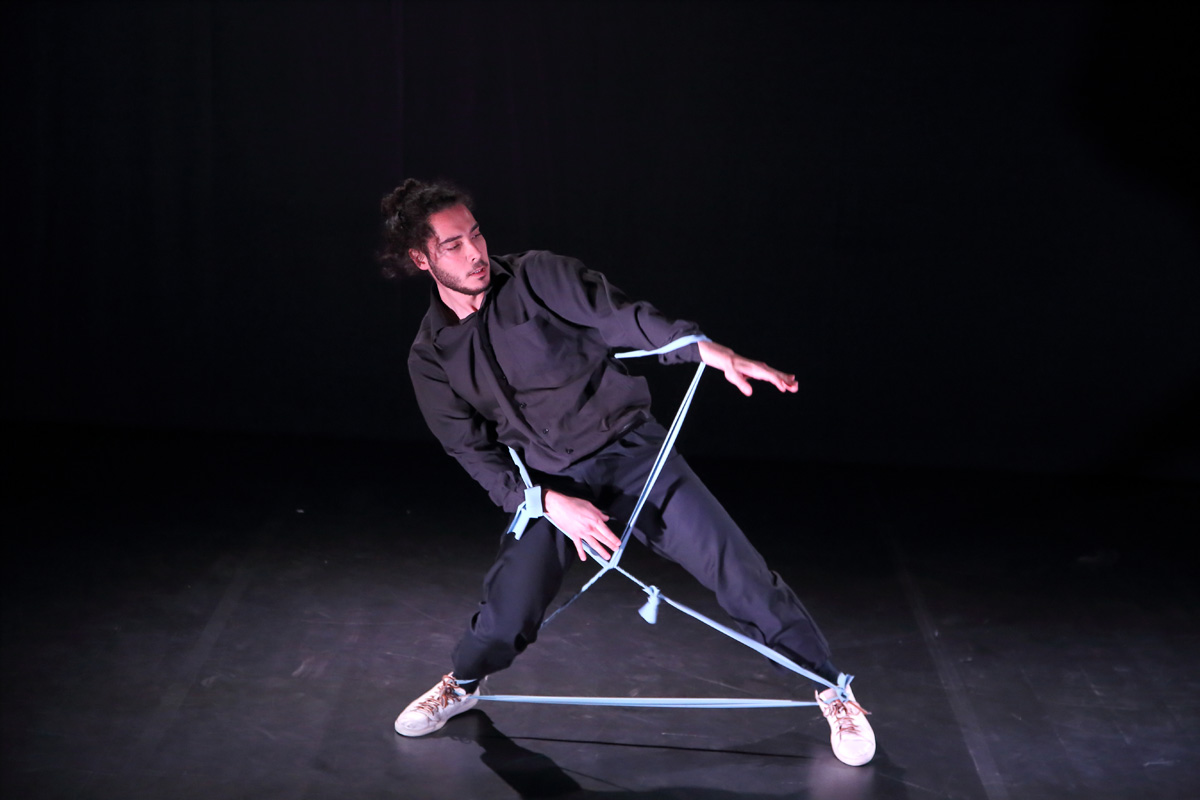Irene Fiordilino è una coreografa e Direttore della compagnia emergente Scirocco Dance Theatre, fondata insieme al sound designer Aidan Good. La sua ricerca – tra la coreografia e l’architettura – esplora diverse forme espressive (film, spettacoli per teatro, istallazioni). Irene è una studente di PhD al Trinity Laban, dove si è precedentemente laureata con Distinction (MFA Choreography, 2018). Irene è Associate Fellow of Higher Education Academy, e lavora come insegnante e come speaker a livello internazionale. Irene presenta il proprio lavoro a diversi festival e istituzioni quali: We are Womxn (US), FIND (Italia), Unit Motives: GRM (Grecia), ViDEOSKiN (Canada), Play Practice (India). Ha vinto diversi premi tra i quali il Premio Anghiari Dance Hub (2019) e il Premio Residanza 2018.
Irene Fiordilino is a choreographer and the Director of emergent Scirocco Dance Theatre Company co-founded with sound designer Aidan Good. Her research sits in between choreography and architecture, and her outputs span from staged pieces, dance films, and art installations. She is a PhD student in Creative Practice at Trinity Laban, where she previously graduated with Distinction (MFA Choreography, 2018). Irene is Associate Fellow of Higher Education Academy, and she works as a guest lecturer and speaker internationally. Irene presents her work at many international festivals and venues, such as: We are Womxn (US), FIND (Italy), Unit Motives: GRM (Greece), ViDEOSKiN (Canada), Play Practice (India). She won several prises such as Premio Anghiari Dance Hub (2019) and Premio Residanza 2018.
Self-portrait in yellow shades
Self-portrait in yellow shades è un assolo ibrido di Teatro Fisico. Nato da un’intima riflessione sul significato del verbo ‘autoritrarsi’, questo lavoro interroga il concetto di identità come risultato di un dialogo interpersonale che avviene per immagini e che sfocia in uno scambio continuo di etichette. L’individuo vive in un calderone di personaggi pirandelliani, ognuno in cerca del proprio ruolo da protagonista in una trama di biografie mescolate. L’antinomia racchiusa nel concetto di autoritratto (autore e personaggio, pittore e ritratto, soggetto e oggetto) manifesta il profondo conflitto insito nella natura umana, l’essere eternamente in cerca di un’immagine che identifichi senza rappresentare. Self-portrait in yellow shades – tra un’esaltazione ironica della personalità dell’artista, e una provocazione diretta al pubblico in platea – invita a riflettere sulla differenza tra i verbi ‘vedere’, ‘guardare’ e ‘interpretare’, e a riconoscere se stessi nell’immagine del mondo che ci costruiamo intorno: …”un autoritratto per un auto-spettatore”. Costruiamo ogni giorno nuove immagini di noi stessi, proiettando spesso ciò che facciamo (uno sport, un hobby, una professione) in ciò che siamo. La danza, l’arte del trasformarsi nel tempo e nello spazio, offre la possibilità di trovare se stessi nel mezzo di queste mille immagini, nella loro continua evoluzione, nel loro succedersi, accavallarsi e ritornare, simili ma diverse, in uno spazio tracciato in giallo.
Self-portrait in yellow shades is an hybrid performance of Physical Theatre. It originates from an intimate reflection on the nature of self-portrait, and it results in a highly ironic piece on the concept of identity, and on the relation between ‘being’ and ‘being seen’, ‘looking’ and ‘interpreting’. The antinomy contained in the concept of self-portrait (author and character, painter and portrait, subject and object) reveals the profound conflict within our human nature, eternally chasing an image of ourselves which often we are the only ones seeing. The artist explores the idea of a fleeting identity, which exists only in the very act of its transformation, in time and space: what is left behind, is just a yellow trace. We tend to invent new images of ourselves every day, often projecting what we do into who we are. From a meticulous research on the many images superimposed on her own persona, the artist began to question the complicated nature of identity. The physical body, archive of many labels, eventually crashes against an unavoidable truth: the world is a great cauldron of characters, each seeking to be the main role in a plot of intertwined biographies. By directly addressing and provoking the audience, this solo encourages reflection on the difference between the verbs ‘seeing’, ‘looking’ and ‘interpreting’. What we see mostly speaks about who we are, our experience, and the way we unconsciously judge the world; “A self-portrait for a self-spectator”.
